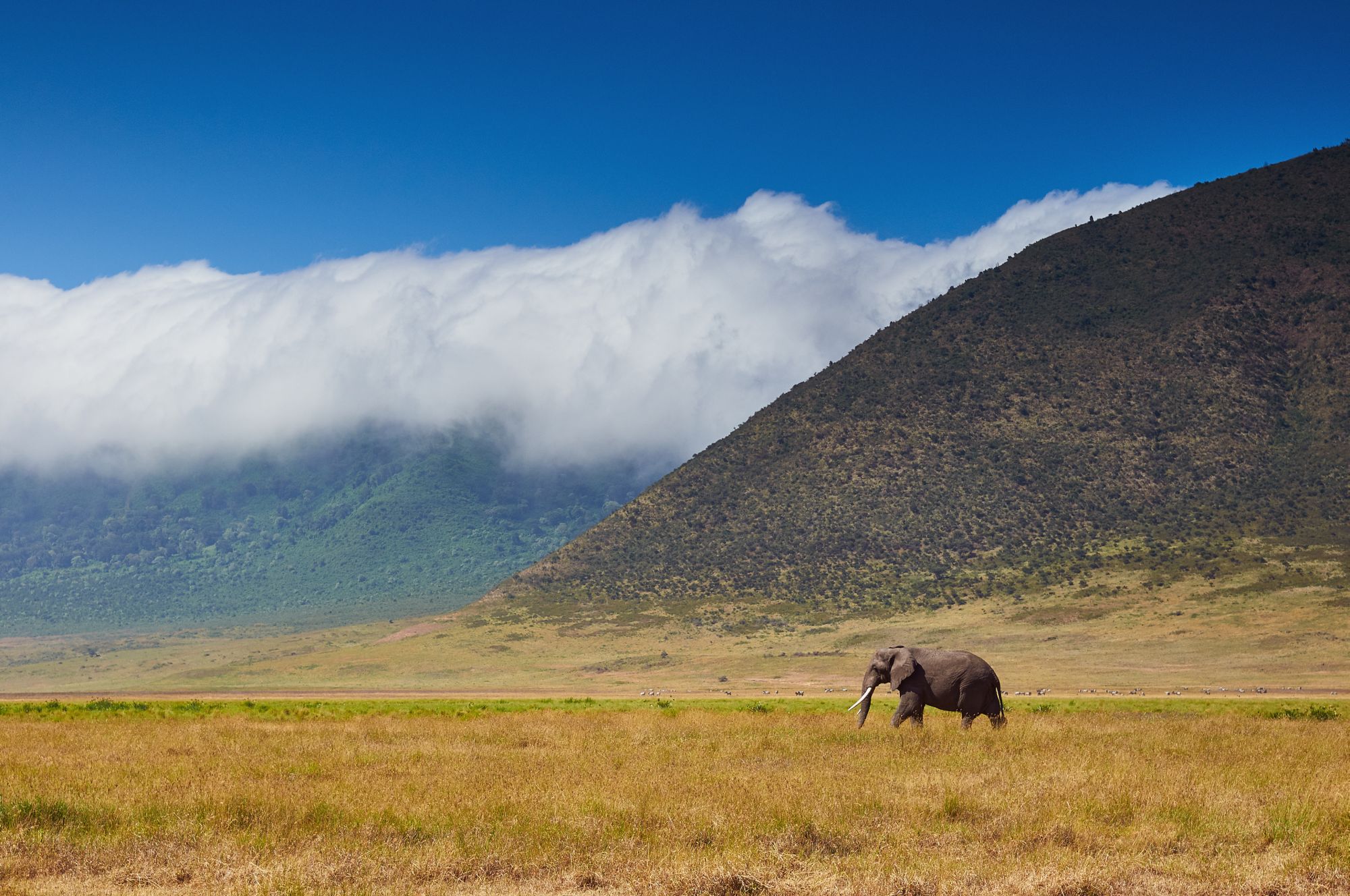
Liveaboard Diving in Kenya
Kenya lies across the equator in east Africa, on the coast of the Indian Ocean, between Somalia and Tanzania.There are 15 airports with paved runways, and Jomo Kenyatta International Airport in Nairobi is the largest. There are many airports with unpaved runways, which mostly are in private use. Kenya has a lot to see: mountains, deserts, colorful tribal culture, coral reefs, and some of Africa’s best wildlife attractions. Kenya is becoming increasingly popular as a dive destination, and it has a very large number of diving operators. The underwater world has a lot to offer, from unexplored sites to easily accessible undersea gardens of coral, incredible caves to mysterious wrecks, schools of sharks to breaching whales, and dolphins to endangered turtles. There are more than 20 million tropical marine fish. Some of these are parrotfish, surgeonfish, eels, grouper, barracudas, and massive Napoleon wrasses. Divers visiting Kenya typically dive in one of the large marine reserves: Malindi Marine Park, Watamu Marine National Park (most of the sites are great for beginners, and also night dives; good sites near are wreck MV Dania, Moray Reef, and Canyon), Mombasa Marine Park And National Reserve (excellent for beginners), Kisite Mpunguti Marine Reserve (for experienced divers, the best is Nyulli Reef, and a much easier dive is Kisite Point, where large manta rays can be sighted). The Vuma Caves near Kilifi Creek are worth exploring. A bit further south, Diani Beach is world-renowned as a diving paradise (the best sites are Kinondo, Dzinani, and Galu). In the island archipelagos of Northern Kenya, around Lamu and Manda, new dive sites are currently being explored and being made accessible. The water visibility is good and can range from 10-30m/32-98ft, although the visibility lessens during July and August.
When To Go Diving in Kenya
Kenya has a varied climate, with tropical humidity on the coast, dry heat in the savannahs, semi-arid areas, and the cool air of the highlands. Kenya’s daytime temperatures average between 20-28C/68-82F year round, but it is warmer on the coast. Sea temperatures range from 23C/73F in July to 27C/80F in March. Diving is good all year round, but the best visibility and most pleasant weather is between the months of November and April during the northeast monsoon.